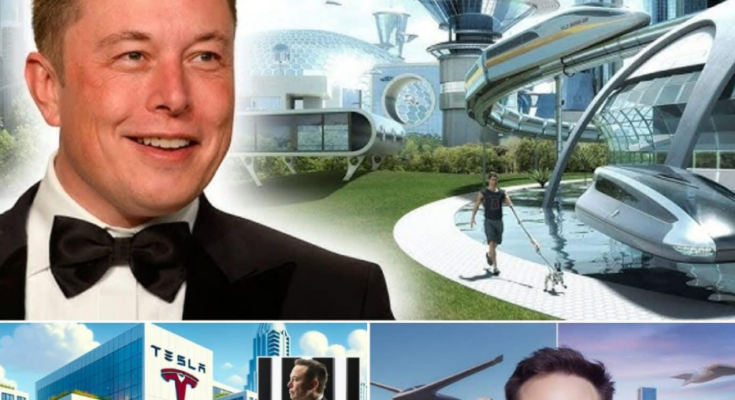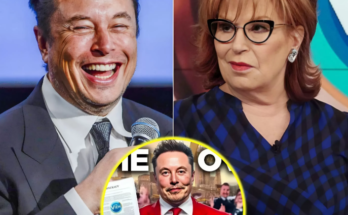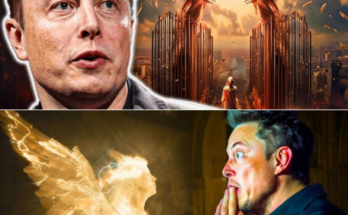Elon Musk’s Vision for a Trillion-Dollar Tesla City: Innovation or Ambition Run Wild?
Elon Musk has once again captured the world’s attention with an ambitious announcement: plans to build a trillion-dollar smart city by 2025. Dubbed the “Tesla City,” this revolutionary urban project promises to integrate cutting-edge technology, sustainability, and futuristic infrastructure, making it the ultimate embodiment of Musk’s vision for a better, greener future.
What Is Tesla City?
Tesla City is envisioned as a fully sustainable, technologically advanced metropolis that will serve as a model for the cities of the future. Here’s what we know so far about its key features:
100% Renewable Energy:
Powered entirely by Tesla’s Solar Roofs, Powerwalls, and utility-scale Megapacks, the city will run on clean, renewable energy.
Autonomous Transportation:
Residents will rely on a network of Tesla’s autonomous electric vehicles, including self-driving cars, RoboTaxis, and Hyperloop systems for long-distance travel.
No personal gas-powered vehicles will be allowed in the city limits.
AI-Powered Infrastructure:
AI-driven systems will manage everything from traffic and waste management to energy usage and public safety.
Sustainable Living:
Buildings will be constructed with eco-friendly materials and incorporate advanced water recycling and carbon capture technologies.
Vertical farming and lab-grown food facilities will ensure a self-sufficient food supply.
Mars-Tested Concepts:
Many of the technologies developed for this city will double as prototypes for future Mars colonization, linking Tesla City to Musk’s broader interplanetary goals.
The Proposed Location
While no specific site has been confirmed, speculation points to areas near Austin, Texas—where Tesla’s Gigafactory is located—or a remote desert area with abundant space for development and solar energy capture. Musk has hinted that the location will prioritize regulatory flexibility, access to natural resources, and minimal ecological disruption.
Challenges to Overcome
Despite the bold vision, there are significant hurdles that Tesla City must overcome:
Cost and Feasibility:
Building a trillion-dollar city within two years raises questions about financing and the sheer logistics of construction at such a scale.
Critics argue that even Musk’s vast resources and influence may not be enough to meet this aggressive timeline.
Regulatory Approval:
Any new city will need to navigate local, state, and federal regulations, including zoning laws and environmental reviews.
Scalability:
While Tesla City could serve as a technological marvel, its ability to scale and address the needs of diverse populations globally remains uncertain.
Public Buy-In:
A futuristic city may appeal to tech enthusiasts, but convincing a broad range of people to relocate to an experimental metropolis could be a challenge.
Vision vs. Reality
Musk has a track record of turning seemingly impossible ideas into reality—electric cars, reusable rockets, and high-speed underground transit. However, critics argue that some of his timelines, such as fully autonomous vehicles and Mars colonization, have been overly optimistic.
Tesla City could be the ultimate test of Musk’s ability to execute a vision on this scale. If successful, it might redefine how we think about urban living, making cities smarter, greener, and more efficient.
The Big Question: Dream or Destiny?
Is Tesla City a bold glimpse into the future or an unattainable utopia? Either way, Musk’s vision sparks critical conversations about how we can innovate to solve the challenges of urbanization, sustainability, and technology integration.
Would you move to Tesla City? Let me know if you’d like to explore its hypothetical lifestyle, benefits, or challenges further!



